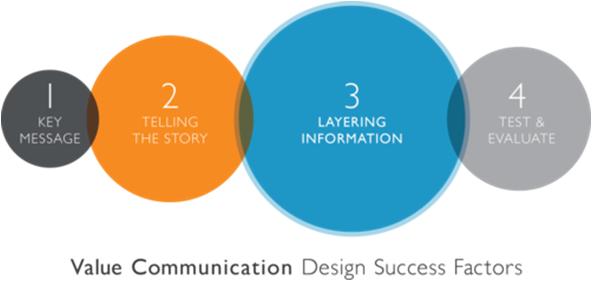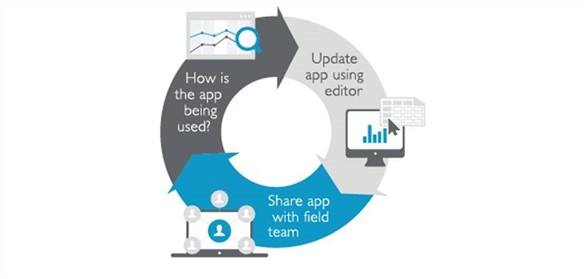Success factors in value communication design - testing and evaluation

Gijs Hubben presents the final part of the series 'Success factors in value communication design', a set of articles that examines the key success factors in creating customer engagement tools that effectively communicate the clinical and economic benefits of pharmaceuticals, devices and diagnostics.
(Continued from "Success factors in value communication design – Layering Information")

There are many famous examples of products that have been launched without being effectively tested or evaluated. To increase your chances of success, it's essential to test products in the marketplace before commercializing them. The same rule applies to customer engagement tools: they have to be tested in the real world before launch.
If the value proposition is not communicated clearly, it may be due to the inclusion of distracting and unnecessary information that diminishes impact. It can be tempting simply to include everything that might be relevant, for fear of leaving out something that may have value to users and clients. What elements should be included? How long does it take to present the value story? Where are the 'speed bumps' in the story flow? Testing and evaluation can provide answers to unresolved questions such as these.
Internal testing
It's important to involve internal stakeholders early in the development process, to make sure the tools being developed are aligned with the needs of the intended users. Ideally, this happens at the sketching or implementation stages.
Staying within the comfort zone of the internal users is essential. If field-based staff are not comfortable using a tool with clients, then it simply won't be used. Nobody wants to get a question they can't answer. To ensure this doesn't happen, developers can undertake a 'beta testing' phase, rolling out a final draft with a small group of users to gain their input and approval.
External testing
Once a tool has been tested with its internal audience, it should be piloted with a small number of friendly customers. Market testing ensures that the full-scale rollout version will easily be understood by clients, and that the message is relevant and credible. It creates confidence that the launch version is as close to being perfect as is possible.
Closed loop marketing

If you are using a Closed Loop Marketing (CLM) strategy, the testing and evaluation phase never really ends. Managers collect field data on an ongoing basis, informing decisions about value communication design. This should reveal how often an app is being used, which pages are being viewed, which elements are being clicked on, and more.
The kind of qualitative and quantitative data that Closed Loop Marketing provides can support an informed discussion between those who use apps and those who develop them. It means that the impact of a value story can be continually evaluated and enhanced.
It also relieves the pressure on market access teams to get it right first time. There is no danger of cluttering the value story with low-impact elements, left in due to concern that they might just be useful to KAMs at some stage.
About the author:
Gijs Hubben is a health economist and one of the founders of BaseCase. He has published extensively in peer-reviewed journals, including on the cost-effectiveness of infectious disease interventions, and screening strategies for hospital acquired infections. With a strong background in pharmacy, health economics and emerging technologies, Gijs's understanding of the intersection of these disciplines lies behind the unique service offered by BaseCase.
Closing thought: What does value communication mean to you?




